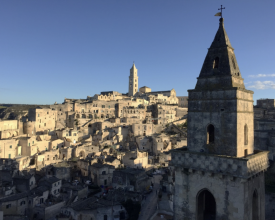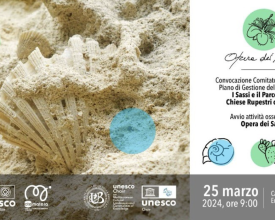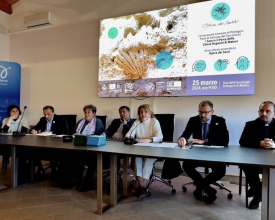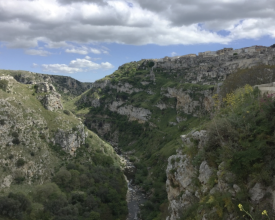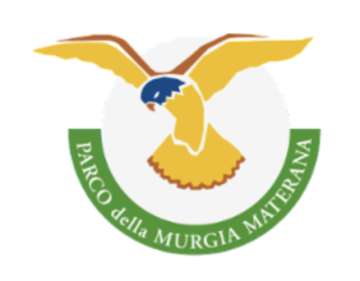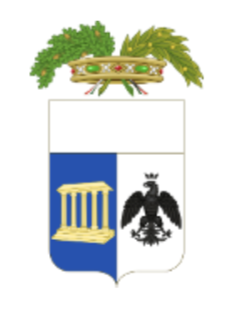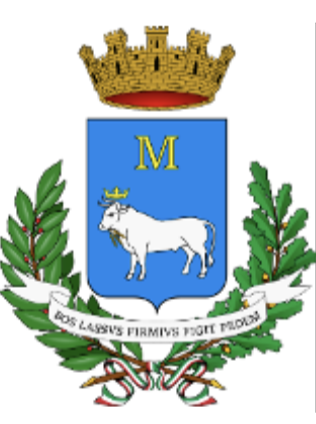
The "Opera des Sassi" Observatory for the management of the UNESCO site of the Sassi and the Park of the Rock Churches of Matera
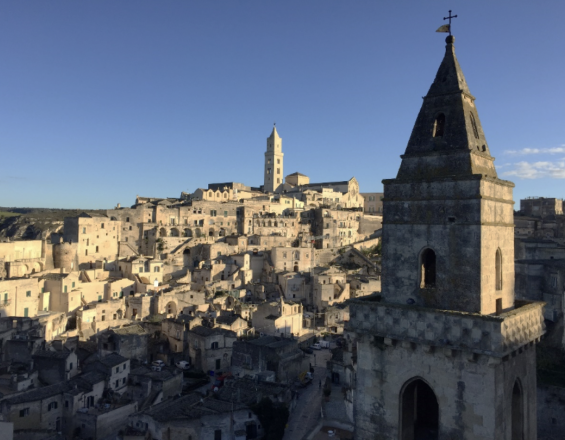
Matera's Sassi and Rock Church Park comprise a complex of houses, churches, monasteries and hermitages built in the natural caves of the Murgia. After becoming European Capital of Culture in 2019, following a long process of recovery and rehabilitation of the ancient Sassi districts, Matera is about to embark on a new path to effectively implement the UNESCO Site Management Plan in a shared manner, by instituting the "Opera dei Sassi" Observatory.
In the near future, a series of meetings will be held with associations and the local community to better define management strategies. The Observatory is the fruit of collaboration between several stakeholders, as well as the participation of private organizations that live, work, invest and enhance the Sassi, and of the citizens themselves.
Impacts
This program benefits several stakeholders:
- The local community of Matera benefits from this effort to preserve and manage its cultural heritage. By involving local residents in defining management strategies, it strengthens their bond with their own heritage and gives them a sense of ownership and responsibility for its preservation.
- What's more, visitors and tourists who come to discover the site also benefit from these actions. By ensuring the conservation of this site, it guarantees an enriching and authentic experience for visitors, while preserving the site's integrity.
- Finally, these initiatives also benefit the international community by contributing to the preservation of a World Heritage site.
Engaging the local community in the management and preservation of their own heritage strengthens their sense of belonging.
This contributes to the sustainable development of tourism in the region. By preserving and enhancing the site, it attracts visitors interested in history, culture and architecture. The action can stimulate the local economy by creating employment opportunities in the tourism sector. Finally, the project strengthens cooperation between local institutions and the local community, fostering a collaborative and sustainable approach to heritage management.
